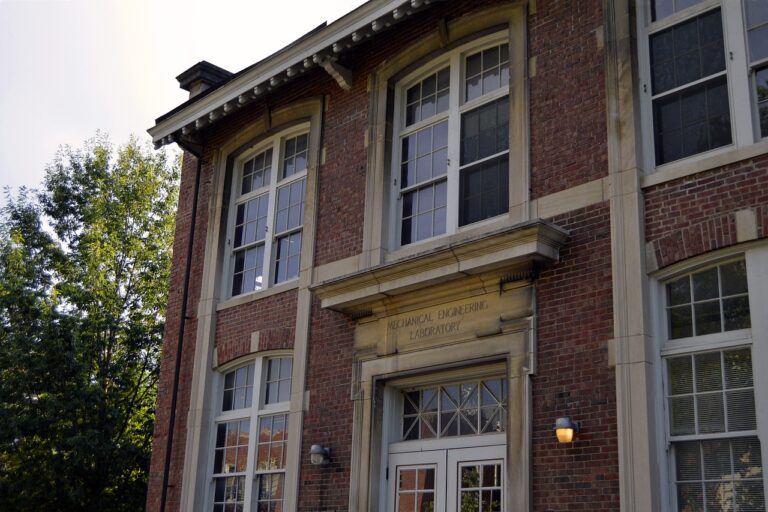Addressing Equity Gaps in Advanced Placement Programs
Achieving equity in Advanced Placement (AP) programs is crucial for ensuring that all students have equal opportunities to excel academically. By promoting equity, schools can help bridge the gap between underrepresented students and their peers, ultimately fostering a more inclusive and diverse learning environment. When students from various backgrounds are given equitable access to AP courses, they are better equipped to cultivate their skills, achieve academic success, and prepare for future educational and career endeavors.
Furthermore, prioritizing equity in AP programs is not just a matter of fairness, but also a means of promoting social mobility and breaking down systemic barriers. When schools actively work to provide equitable access to AP courses, they empower students from marginalized communities to challenge themselves, expand their knowledge, and overcome educational disparities. By emphasizing equity in AP programs, educational institutions can play a pivotal role in creating a more equitable society where all students have the opportunity to thrive and reach their full potential.
Identifying and Understanding Equity Gaps in AP Programs
Equity gaps in Advanced Placement (AP) programs have long been a point of concern in the education sector. Data reveals disparities in AP course enrollment among underrepresented students compared to their peers. These gaps are indicative of broader systemic issues that hinder access and opportunities for certain student populations.
One key factor contributing to equity gaps in AP programs is the lack of support and resources available to underrepresented students. Limited access to preparatory courses, guidance counseling, and information about the benefits of AP courses can deter students from pursuing these opportunities. Such barriers perpetuate inequalities in education and restrict the academic advancement of marginalized groups.
Strategies for Increasing Access to AP Courses for Underrepresented Students
To increase access to AP courses for underrepresented students, schools must focus on providing comprehensive support systems. This can include targeted outreach programs to engage and encourage students from diverse backgrounds to enroll in AP courses. Additionally, schools should offer resources such as tutoring, study groups, and mentorship programs to help underrepresented students succeed in these rigorous courses.
Furthermore, schools can implement policies that address systemic barriers that may prevent underrepresented students from accessing AP courses. This can involve offering incentives for teachers to diversify their AP course offerings, ensuring that all students have equal opportunities to enroll in these courses. By creating a more inclusive and supportive environment, schools can help underrepresented students thrive in AP programs and achieve academic success.





